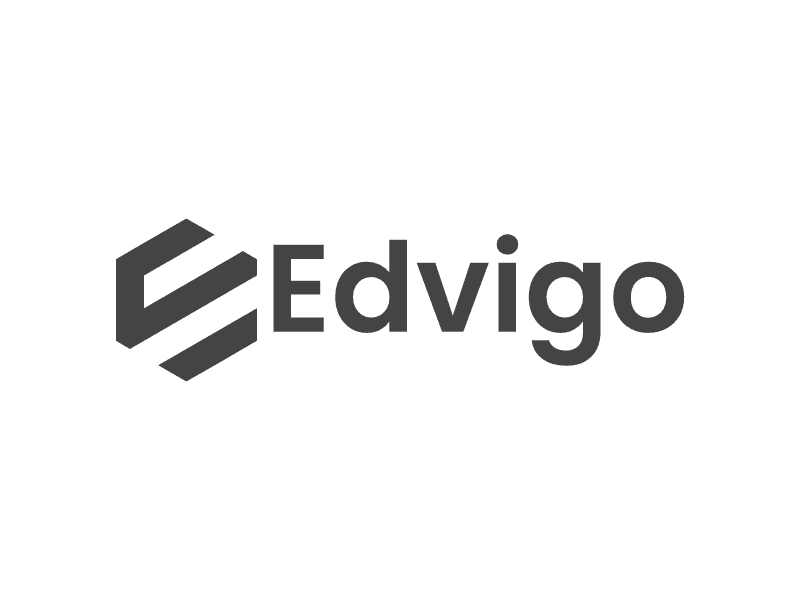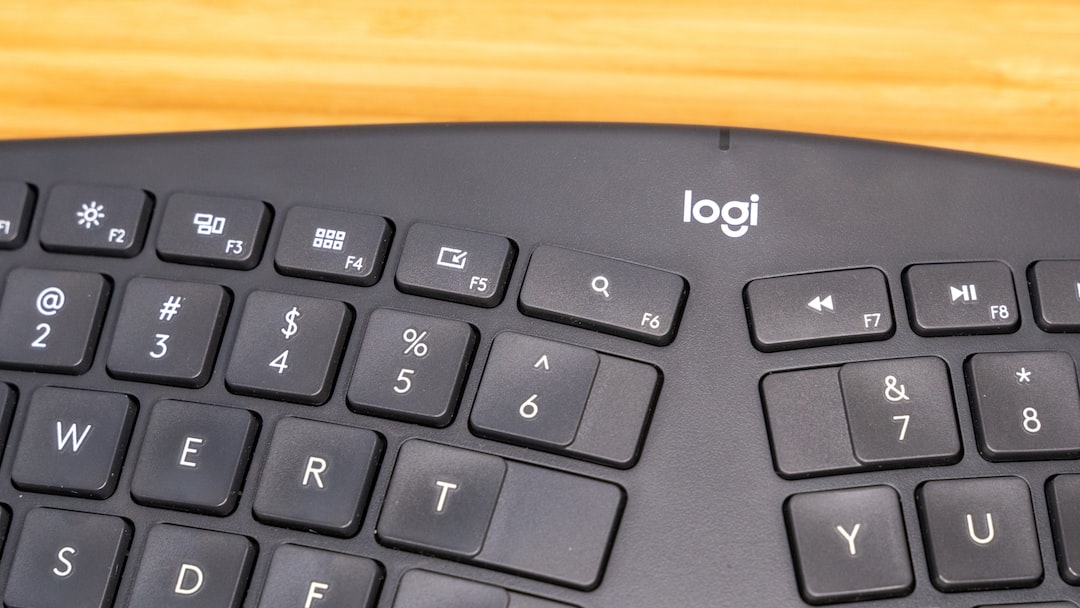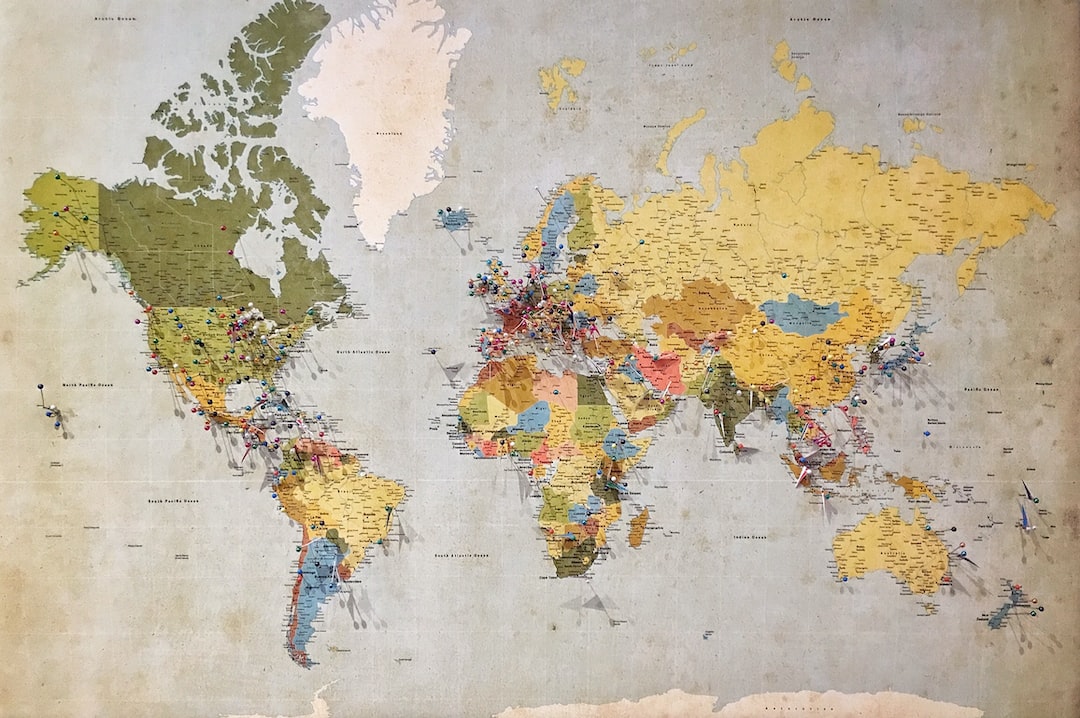You’re an artist (or maybe a designer). You have the skills—but in today’s world, that’s not enough, is it? The art world isn’t just galleries and exhibits anymore; it’s way more do-it-yourself. It’s on Instagram, it’s in your put-together feed, it’s what you put out daily. Your vibe is your brand, and your brand is how the world sees and interacts with you. This is about turning your art, your design, your creative soul—into a movement. Because let’s be real: in this age of the digital creator, personal branding is your BFF. 🌟
What Even is Personal Branding? 🤔
Let’s start with the basics, fam. Personal branding is the carefully crafted public image you create for yourself. Think of it like an epic character you build in a game—only this time, it’s for your life, your art, and your career. Personal branding is all about how you present yourself to the world, both online and IRL. And just like an ultimate video game boss, your character needs to be uniquely you, but with a strong presence that others are drawn to. Extra points if they can’t stop talking about you.
Your personal brand is what makes you stand out in a sea of creators. It’s the difference between being "some artist" and that artist. It’s the reason clients, art collectors, or companies will say, "I want them," instead of, "Yeah, whatever." It’s about building trust, creating a persona, and showing the world why you’re the one to watch. More than anything, it’s the art of highlighting your uniqueness in a way that resonates with exactly the people you want to vibe with.
Why You, of All People, Need a Personal Brand
Maybe you’re thinking, "Why me? I’m just in my little art bubble, doing my thing." Or maybe you’re thinking personal branding is for extroverts or those chronically online types. Trust me, I get it. But here’s the tea: Every artist—every single one—needs a personal brand in today’s world. It’s not about being fake; it’s about taking control of your narrative. When you don’t create your narrative, someone else will.
If you aren’t actively crafting your brand, you’ll get lost in the noise. Maybe grandpa could get away with sticking to his local gallery, but you live in a digital world. Your exposure potential is insane, but so is the competition. A strong personal brand will help you rise above it all. It’s what attracts opportunities, partnerships, and an audience that genuinely connects with your work. More importantly, it gives you major leverage to negotiate terms, set your prices, and work on your own terms.
Building the Foundation of Your Personal Brand 🏗️
Yo, Rome wasn’t built in a day, and neither is your personal brand. Let’s start by laying down that foundation. It’s about getting into the nitty-gritty of who you are as an artist and figuring out what makes your brand unique. This isn’t a one-size-fits-all approach. Your brand needs to represent you and only you. Take some time to think hard about your identity, your passions, and your goals. Who are you as a designer or artist? What kind of work do you want to create? What’s the vibe you’re trying to give off? Take your time, because this is where everything begins.
Start by asking yourself some essential questions:
-
What’s your core message? What do you want the world to know about you and your work? This should be a mix of what you care about, what drives your art, and what you stand for.
-
Who is your target audience? Are you aiming to reach millennials? Gen-Z? Artists of all kinds? Art collectors? Design firms? Get specific. The more you know about your audience, the easier it will be to speak directly to them.
-
What makes you different? There are millions of artists out there, so focus on what sets you apart. What’s your "secret sauce"? Maybe your art has a unique style, or maybe you’ve got a quirky aesthetic that people love. Whatever it is, make it obvious.
-
What values do you hold dear? Your brand should reflect your values. Are you passionate about social justice? Environmental sustainability? Representation in the arts? Let your audience know what you care about.
The Visual Side of Personal Branding 🎨
We’re visual beings, my dude. Especially Gen-Z. Which means your visual identity needs to be on point. This is about more than just your artwork; it’s the entire look and feel of your brand. From your logo to color schemes, fonts, and even the way you edit your Instagram stories, every detail matters. Your visual brand language should be consistent and represent your vibe.
When someone looks at your feed, they should get a clear sense of who you are and what your work stands for—without having to read a single word. Do you prefer a clean, minimal aesthetic, or are you more of a chaotic, artsy type? Find your visual identity and stick to it. It’s this consistency that builds brand recognition. And once people know your visual language, they’ll instantly spot your work from miles away.
Your visual brand includes:
-
Logo: The face of your brand. It doesn’t have to be a masterpiece, just something simple and memorable. Consider how your logo can synchronize with your art.
-
Color Palette: Colors have vibes. Your personal brand color should resonate with the emotion or vibe you want to give off. Do you know the way certain colors make you feel? That’s what you’re aiming for.
-
Typography: Fonts are low-key powerful. The typeface you choose can convey a lot about your brand. Whether you’re going for something classic, modern, or quirky, keep it consistent.
-
Mood Board: Curate a mood board that embodies the aesthetic of your brand. This is like your personal style guide. A mix of imagery, textures, and objects that reflect you. 💡Pro-tip: Keep updating it.
Craft these elements with the same care you put into your work. Your art might be fluid and ever-changing, but your personal brand needs to stay consistent.
The Power of Storytelling 🎤
If you’re out here thinking your art will speak for itself, you’re halfway right. Yeah, your art does the talking, but you’re the narrator! The story behind the art is what people resonate with the most. Your narrative is what separates your art from everybody else’s. You need to tell your story—what inspired you, what struggles you’ve overcome, and what your art means to you. Bring people into your world, make them part of your journey. It’s how you make fans and not just followers.
Storytelling adds depth to your brand. It humanizes you in a way that nothing else can. When people feel connected to your story, they’re more likely to support your work, share your content, and keep up with what you’re doing. Be genuine, be raw, and don’t be afraid to be vulnerable. Your story doesn’t have to be perfect—it just has to be real. Whether it’s on your website’s “About” page, a blog post, or through your social media captions, weave narrative threads through everything you do. Let your story be a compelling narrative arc in everything from your work to your Instagram posts.
Social Media: Where It All Goes Down 📱
Social media is where your personal brand shines brightest. It’s where you can post your art, tell your story, engage with your audience, and create a community of believers in your brand. But social media isn’t just for posting pretty pictures. It’s a platform for you to build a dialogue with your audience. Engage with your followers, listen to their feedback, and let them see the real you behind the art.
Remember, consistency is key. Maintain your visual identity across platforms. Your narrative should flow throughout your accounts—whether that’s Instagram, TikTok, Pinterest, or even LinkedIn if that’s your vibe. Make people feel like every platform is an extension of the same universe—a universe where your art and story are the centerpiece. 🤳
More than that, experiment. Gen-Z loves the organic, unfiltered stuff. Not everything needs to be polished. Use Stories or TikToks to show the messy side of your art process or even those days when creativity just isn’t flowing. The key is to remember that authenticity > perfection. Don’t just show them your art—show them your world, and they’ll want to stay in it. Share mood boards, day-in-the-life videos, and any wacky inspiration that fuels your art.
Content Strategy: Mix It Up 🎬
Content creation isn’t just about what you post but also how consistent and diverse your content strategies are. Consider it your content mix tape. You want to keep your audience hooked with content that both resonates and keeps them guessing. Think of it like this: Your audience follows you because of your art, but they stay for the variety and the value you offer. So how do you keep them engaged while staying authentically you?
Let’s break it down real quick:
-
Portfolio Showcases: Highlight your best work. This is your art, so of course, it needs to be front and center. Switch it up between polished presentations and works-in-progress.
-
Behind-the-Scenes: People dig BTS content. It adds another layer to your brand by letting people see the work that goes into creating art. Record some process videos, clip mishaps (because who’s perfect?), and share them.
-
Sharing Knowledge: Hit them with value. Whether that’s tips on technique, insights about the industry, or just something cool you learned. Educate your audience—they’ll love you for it.
-
Personal Insights: Don’t be afraid to get personal. Whether it’s discussing your creative process, your thoughts on certain art movements, or just everyday thoughts. It makes you relatable.
-
User-Generated Content: UGC is 🔥. Invite your audience to show off your work in their own spaces. Whether they’re hanging your pieces in their home or using your designs in a project, showcase it. It creates a sense of community.
Keep the content rotation diverse, so your followers never get bored. Consistency mixed with variety is key here. Ensure that each piece of content reinforces your brand’s message, aesthetic, and narrative.
The Power of Collaboration 🤝
Here’s a cheat code: collaborations. If you’re trying to reach a new audience, working with someone in your niche or an adjacent field can be a win-win. When you team up, you create opportunities to explore new ideas, expand your reach, and inject some freshness into your content.
Collabs could be as simple as a joint Instagram Live, teaming up to create a limited-edition product, or even just featuring each other in a blog post. The key is to find someone whose brand complements yours, not competes with it. This allows you and your partner to benefit from each other’s audiences without diluting your own brand.
Another power move is guest-blogging or writing for art and design platforms that align with your target market. This not only positions you as an authority in your field, but it also redirects traffic back to your website and social platforms. It’s all about getting more eyes on your brand and establishing credibility.
Build Your Digital Portfolio 💻
Gone are the days when artists relied solely on physical portfolios. Your website is your digital HQ—it’s where people should be able to learn everything they need to know about you and your work. Your website should reflect your brand, but more importantly, it should be easy to navigate and up-to-date.
This is where you show off more than just your art. It’s a space to display your CV, testimonials, press mentions, and blog content. And honestly, it’s your chance to flex on your professionalism. Make sure visitors leave your site feeling like they know who you are, what your work is about, and why they need to work with (or buy from) you immediately.
Pricing: Know Your Worth 💸
Pricing is tricky. As creators, we often feel like our work is priceless. And you know what? It is. But in the real world, everything has a price tag. The key is to find that sweet spot where your pricing reflects the value of your work without underselling yourself.
Factors to keep in mind include the time you spent creating the art, material costs, the uniqueness of the piece, and the demand for your work. But don’t stop there—factor in your experience, brand value, and what it represents. If you’ve built a strong personal brand, you’ll find that customers are more willing to pay higher prices because they’re not just buying art; they’re buying into your brand and your story.
Don’t Sleep on Networking 🌐
Personal branding isn’t all digital. You can’t underestimate the power of good ol’ networking. Yeah, I know, networking can feel all kinds of awkward, especially if you’re more introverted. But it’s essential. Whether it’s through art exhibitions, online forums, design conventions, or local meet-ups, getting to know industry peers is one of the best ways to build connections that lead to more opportunities.
Pro-tip: When networking, make sure your elevator pitch is polished. You want to be able to tell someone who you are, what you do, and why it matters in less than a minute. However, don’t make it all about business; be genuinely interested in the people you interact with. Listen, engage, and make connections that go beyond just work. Whether it’s swapping IG handles or setting up coffee meet-ups, these relationships will be key in strengthening and spreading your personal brand.
Handling Criticism and Finding Your Tribe 🎯
Criticism is going to come your way—no cap. It’s kinda inevitable when you’re putting yourself out there. Handling criticism is part of the game. Some of it will be constructive, and some… not so much. Recognize the difference. Constructive criticism helps you grow and refine your brand, while the unconstructive variety? Learn to brush that off. Remind yourself of your purpose, your brand, and your vision—and don’t let naysayers throw you off your game.
Equally important is finding your tribe. Your tribe is comprised of the people who love what you do and support your vision. This includes fans, collaborators, clients, and anyone genuinely invested in your brand. They’re the ones who will share your work, defend it, and advocate for you even when you’re not in the room. Invest in your tribe, give them value, and they’ll stick by you.
The Role of SEO and Analytics in Personal Branding 📊
SEO sounds boring, but trust—it can be a game-changer. Search Engine Optimization ensures that when someone searches for your name, your art, or related keywords, they find you and not some random page. Use keywords that relate to your art style, medium, or niche throughout your website and content, so your work shows up where it needs to be seen.
Also, keep an eye on your analytics. Whether it’s your website, social media, or blog, analytics can give you valuable insight into what’s working and what’s not. Understanding your audience’s behavior means you can adjust your content strategy to better meet their needs—and your goals. Don’t just guess—use data to sharpen your personal branding game.
Stay Authentic, Stay Consistent 🗝️
At this point, we’ve covered a lot, but perhaps the most important tip is this: stay authentic. Your brand should always be an extension of who you are and not a contrived persona. The easiest way to keep branding consistent is to be true to yourself at all times. In a world full of fakes, your authenticity will always stand out. Plus, it’s exhausting trying to maintain a false image. Maximize your energy by being you, and your personal brand will grow naturally.
Consistency is just as key. Whether it’s your posting schedule, the content you share, or your visual elements, be consistent. Rome wasn’t built in a day, and neither will your audience be. But with consistency and authenticity, you’re setting the foundation for a brand that’s not just strong but also sustainable.
Personal Branding is an Ongoing Process 🔄
So you’ve launched your personal brand, what now? This isn’t a set-it-and-forget-it kinda deal. A successful personal brand evolves as you do. That means regularly revisiting your brand elements, experimenting with new content, maybe tweaking your visual identity, or pivoting your messaging based on new insights. Growth is the name of the game, and your personal brand should reflect that.
Assess your brand’s progress from time to time using the data from your analytics, wake up to new trends in the industry, and keep learning so that you’re not just staying relevant—but ahead of the curve.
Finally, remember to celebrate your milestones, no matter how small they may seem. Building a personal brand is no easy feat, but every step you take gets you closer to carving out your space in the world. Treat it like the masterpiece it is.
FAQs 🔥
Q1: How do I even begin to build a personal brand when I’m just starting out?
A: Start with what you know and who you are. In the beginning, your brand could be as simple as a cohesive Instagram feed or a well-put-together website. Just focus on consistency and authenticity. You grow your brand by actively engaging your audience and expanding from there.
Q2: Should I focus on one platform or spread out across multiple?
A: Mastering one platform at first can be smart, but diversifying is always the goal. Different platforms attract different audiences, and you want to be where your audience is. If you’re great on Instagram, branch out to Tiktok or Pinterest, but make sure each platform represents your brand consistently.
Q3: How much time should I spend on personal branding vs. actually creating art?
A: Sip the tea, but personal branding IS part of your art creation. Ideally, you want a solid balance. If you’re spending too much time on branding, you risk burnout. Dedicate specific time blocks to each—whether it’s 70% creation and 30% branding or vice versa, find a ratio that works for you and adjust as needed.
Q4: What if I want to change up my brand completely later down the road?
A: Understandable, vibes change. If you really feel like you’ve outgrown your current brand, then a rebrand could be just what you need. Just make sure to communicate the change clearly to your audience and transition smoothly. You don’t want to lose your followers in the process.
Q5: How do I deal with imposter syndrome while building my personal brand?
A: Imposter syndrome hits different, but know that everyone experiences it at some point. Remain grounded, and remind yourself that you got this far for a reason. Focus on your journey, not others, and keep creating. With time, your confidence will grow.
Q6: Do I really have to share personal stuff to build my brand?
A: Sharing personal parts of your life can add depth to your brand, but it’s not mandatory. If you’re not comfortable, focus on sharing parts of your process, inspiration, or curated snippets from your life. People love relatability, but it’s up to you how vulnerable you’re willing to be.
Sources & References 📚
- "Branding for Creatives" by Creative Boom
- "The Gen-Z Guide to Personal Branding and Instagram" by Social Media Today
- "Building a Personal Brand as an Artist" by Artsy
- "The Importance of Storytelling in Art" by Art Business News
- "Effective Personal Branding Strategies for Designers" by AIGA
Your personal brand is your low-key superpower. The art of crafting it is ultimately about showcasing your authentic self and turning your passion into something more than just a hobby: it’s your legacy in the making. So go out there and make your mark 👊.




